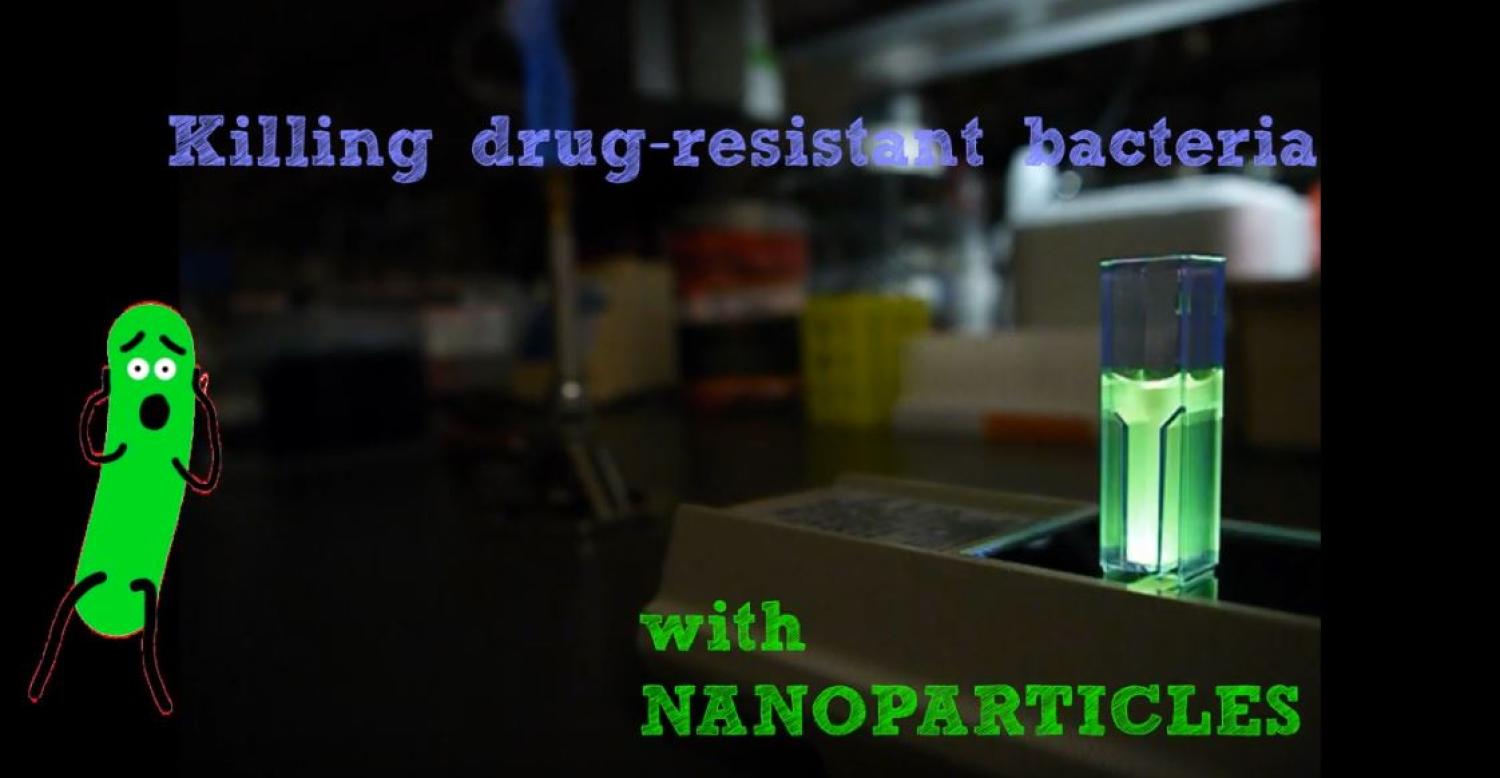Levy shines in national contest with video on using light to combat drug-resistant bacteria

Communicating big ideas in the world of science and engineering can be difficult, but bridging the gap between experts and the public is essential to foster scientific literacy and to inform public policy.
The Science Coalition’s Fund it Forward Student Video Challenge aims to do just that by encouraging graduate student researchers to share their work in short, easy-to-understand videos which are two minutes or less to highlight the importance of government funding of critical research. Max Levy, a graduate student in the Nagpal lab, recently took second place in the national competition for his submission, “Killing Drug Resistant Bacteria with Quantum Dots.”
What inspired you to submit your video to this contest?
I actually came across the contest at the last minute! I do a lot of science communication, and one of my networks — Massive Science Consortium — has a forum for different sci-comm opportunities. A consortium member shared this contest and I thought I’d give it a try.
What is your background with film and video or animation?
Very little, but I’m getting better. As a kid, I loved making and editing videos with friends, but I had certainly not ever made anything professionally or for school. But last year, I learned how to make stop-motion animations with a phone app and realized that it could be a powerful tool for sci-comm videos and presentations.
With Science Buffs and ComSciCon Rocky Mountain West, we’ve held some fun workshops to teach grad students how to make videos with stop-motion. We’ll probably have another workshop in the spring if anyone is interested!
Why did you select the subject of using light to battle drug-resistant bacteria for the video?
The subject for this video is the focus of my PhD thesis. I kept the scope pretty narrow to fit it in a two-minute video, of course.
How long did it take you to produce?
All in all, it probably took about 10 hours to make.
Do you see video as a way to reach a larger — perhaps a non-academic — audience to inform them about your research and the issues you care about?
I definitely intended to keep the video as accessible as possible. The language I use is, of course, very different than how I’d speak in an academic research presentation, because I knew the end audience would be the general public, and perhaps even lawmakers. The Science Coalition advocates for the importance of science funding, so I wanted to be sure that this video did a good job communicating how important our research may be.
What inspired you to start investigating drug-resistant bacteria?
This research project is actually what drew me to attend CU Boulder and work with my advisor, Dr. Prashant Nagpal. Drug-resistant infections are trending towards becoming an existential threat. It’s quite scary. We need to act fast by coming up with new ways to diagnose and treat these superbugs.
Will you use video to communicate about your work in the future?
I’d love to keep making videos once in a while! The whole process is fun. I’m still a total novice and they’re messy, but hopefully still charming and fun to watch.

